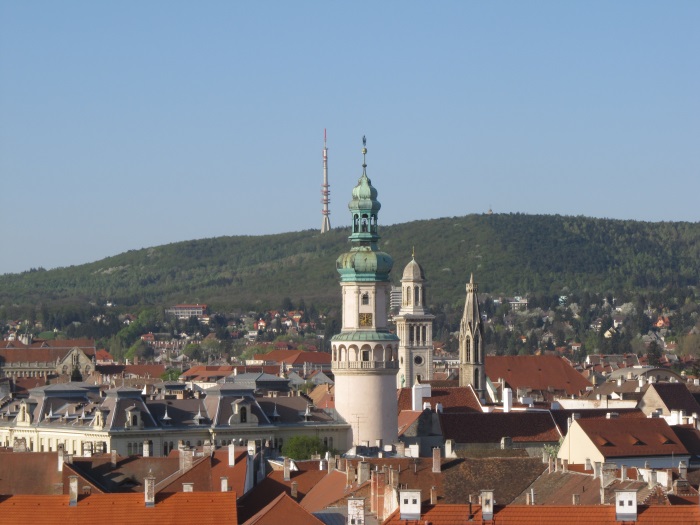 |

|
 
|
 
|
 
|

|
Zettl–Langer collection
Sopron, Balfi u. 11.
More than 120 years ago there was a young man, who had to make a choice: to be a painter or to carry on the business in the distillery and vinegar factory founded by his family in 1844. The young Gusztáv Zettl (1852-1917), chose the latter out of respect for his parents, but he never gave up his dreams concerning his artistic career. He was a very talented student at the Painters' Academy in Vienna, and his enthusiasm for painting endured all through his life. The experiences he collected during his foreign studies had a great influence on his professional development. Being a noble-minded amateur, he became addicted to real grand-style art, and began to collect antiquities from the ever-growing profits of the family business. He got enthusiastically involved in the archeological work carried out in Sopron, where rich finds were revealed during the foundation stage of every new building. The civilian homes of the last century were equipped with a large variety of Biedermeier furniture, antique pictures, as well as dishes made of tin and china. Gusztáv Zettl was destined for a long life, so besides his enthusiasm for painting he continually expanded his collection. His artistic and intellectual inheritance is handled by his descendants (his great-great grandchild and his family, who still live in Sopron) as well as a public foundation. The collection of civilian homes has been exhibited in an unchanged form since 1955. The family members introduce the history of Sopron and its surroundings through the remains of the Paleolithic, Medieval, and Modern Age. The windows display the high level of glass art in the area, and the wood-inlaid ceiling gives the interior a unique, romantic atmosphere. Visitors are sure to enjoy the large ground-glass surfaces, the beauty of the contemporary furniture, the haban crocks, the faience and china dishes, the unique weapons, the trade-signs, the tin objects, the books, and the valuable pictures.
The working room of the artist has been left intact since his death; it shows how to create a cosy home using unique solutions.
